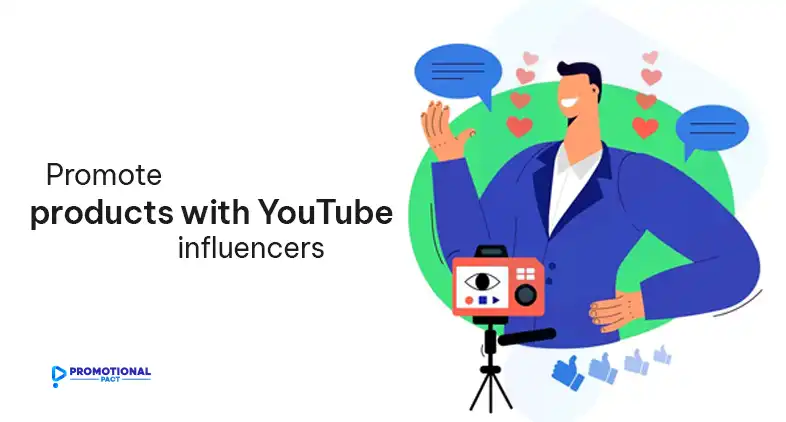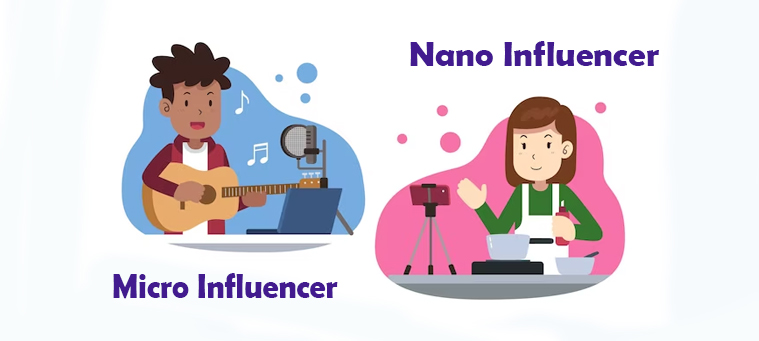
YouTube influencer marketing has exploded in recent years, with brands recognizing the platform’s immense potential for reaching engaged audiences. In 2023, the global influencer marketing market size reached a staggering $21.1 billion, with YouTube being a significant contributor to this growth. As we dive into the dos and don’ts of this marketing strategy, remember that authenticity and strategic partnerships are key to success in the ever-evolving world of YouTube influencer collaborations.
What’s YouTube Influencer Marketing
YouTube influencers are content creators who have built a loyal following on the platform through their unique perspectives, expertise, or entertainment value. These influencers can be categorized into four main types based on their follower count:
- Nano-influencers: 1,000 – 10,000 subscribers
- Micro-influencers: 10,000 – 100,000 subscribers
- Macro-influencers: 100,000 – 1 million subscribers
- Mega-influencers: Over 1 million subscribers
Working with YouTube influencers offers numerous benefits, including increased brand awareness, targeted reach, and enhanced credibility. A study by Google found that 40% of YouTube subscribers say their favorite creator understands them better than their friends, highlighting the powerful connection between influencers and their audience.
Dos of Promoting Products with YouTube Influencers
- Research and Selection
Identifying the right influencers for your brand is crucial. Look for creators whose values align with your brand and whose audience demographics match your target market. Use tools like Social Blade or HypeAuditor to analyze an influencer’s engagement rates and audience authenticity. Aim for influencers with an engagement rate of at least 2-3% for optimal results.
- Building Relationships
Approach influencers professionally and engage with their content before reaching out. A study by Influencer Marketing Hub found that 68% of influencers prefer long-term partnerships over one-off collaborations. Offer value beyond monetary compensation, such as exclusive product launches or behind-the-scenes access, to foster stronger relationships.
- Clear Communication
Set clear expectations and goals for your collaboration. Provide comprehensive product information and discuss content guidelines. Establish an approval process that respects the influencer’s creative freedom while ensuring brand alignment. Create a shared document outlining key points, timelines, and deliverables to keep everyone on the same page.
- Creative Freedom
Allow influencers to maintain their authentic voice. Encourage original content ideas and be open to their suggestions for product integration. A survey by Crowdtap revealed that 77% of influencers are more likely to work with brands that offer creative freedom. This approach leads to more genuine content that resonates with the audience.
- Compliance and Transparency
Ensure proper disclosure of sponsored content in accordance with FTC guidelines and YouTube policies. Use clear language such as “This video is sponsored by [Brand Name]” or “#ad” in the video title or description. Encourage honest reviews and opinions, as 92% of consumers trust influencer recommendations over traditional advertising.
- Performance Tracking
Implement tracking links and unique promo codes to measure campaign success. Use YouTube Analytics and third-party tools to track key performance indicators (KPIs) such as views, engagement rates, click-through rates, and conversions. Regularly review performance and adjust your strategy accordingly.
- Long-term Partnerships
Consider developing long-term collaborations or ambassador programs for consistent promotion. Brands that engage in long-term partnerships see a 60% higher engagement rate compared to one-off campaigns. Offer exclusive opportunities to top-performing partners, such as early access to new products or involvement in product development.
Don’ts of Promoting Products with YouTube Influencers
- Avoid Mismatched Partnerships
Don’t work with influencers outside your niche or those with conflicting brand associations. A mismatch can lead to a 30% decrease in audience engagement and potential damage to your brand reputation. Prioritize relevance and engagement over follower count, as micro-influencers often have higher engagement rates (8.8% on average) compared to macro-influencers (1.7% on average).
- Don’t Micromanage Content
Avoid scripting the entire video or insisting on excessive brand mentions. Over-scripted content can come across as inauthentic, leading to a 40% decrease in audience trust. Instead, provide general guidelines and key points to cover, allowing the influencer to incorporate the message naturally into their content.
- Neglecting Legal Aspects
Don’t skip contracts or agreements, and always discuss intellectual property rights and content usage. A well-drafted agreement can prevent misunderstandings and protect both parties. Include clauses on content ownership, usage rights, and exclusivity to avoid potential legal issues down the line.
- Ignoring Platform-Specific Features
Make use of YouTube-specific tools like cards, end screens, and timestamps to enhance viewer engagement. Optimize video SEO by using relevant keywords in titles, descriptions, and tags. Don’t underestimate the importance of thumbnails – videos with custom thumbnails can see up to 30% higher click-through rates.
- Lack of Authenticity
Avoid pushing for overly sales-focused content or inauthentic endorsements. Consumers can easily spot disingenuous promotions, leading to a loss of trust in both the influencer and your brand. Encourage honest reviews that highlight both pros and cons, as 65% of consumers find balanced reviews more credible.
- Poor Communication
Maintain open lines of communication throughout the collaboration. Respond promptly to inquiries and approval requests, aiming for a 24-48 hour turnaround time. Provide constructive feedback to help influencers improve their content and strengthen your partnership.
- Overlooking Smaller Influencers
Don’t ignore the potential of nano and micro-influencers. These creators often have highly engaged niche audiences, with nano-influencers boasting engagement rates as high as 8.8%. Consider allocating a portion of your budget to collaborations with smaller influencers to diversify your reach and potentially achieve a higher ROI.
Best Practices for Successful YouTube Influencer Campaigns
Integrate influencer content with other marketing efforts for a cohesive strategy. Repurpose influencer-generated content across platforms to maximize its value – this can lead to a 35% increase in overall campaign reach. Encourage two-way engagement between your brand and the influencer’s audience by responding to comments and hosting Q&A sessions.
Implement a diverse mix of influencer types and content formats to reach different segments of your target audience. A well-rounded campaign might include:
- Product reviews from macro-influencers
- Tutorial videos from micro-influencers
- Behind-the-scenes content from nano-influencers
- Live unboxing events with mega-influencers
This approach can help you achieve a balance between reach and engagement, catering to different consumer preferences.
Bottom Line
Promoting products with YouTube influencers can be a powerful strategy when done right. By following the dos and avoiding the don’ts outlined in this article, you can create successful campaigns that resonate with your target audience and drive meaningful results. Remember to stay adaptable, prioritize authenticity, and continuously refine your approach based on performance data and emerging trends.

